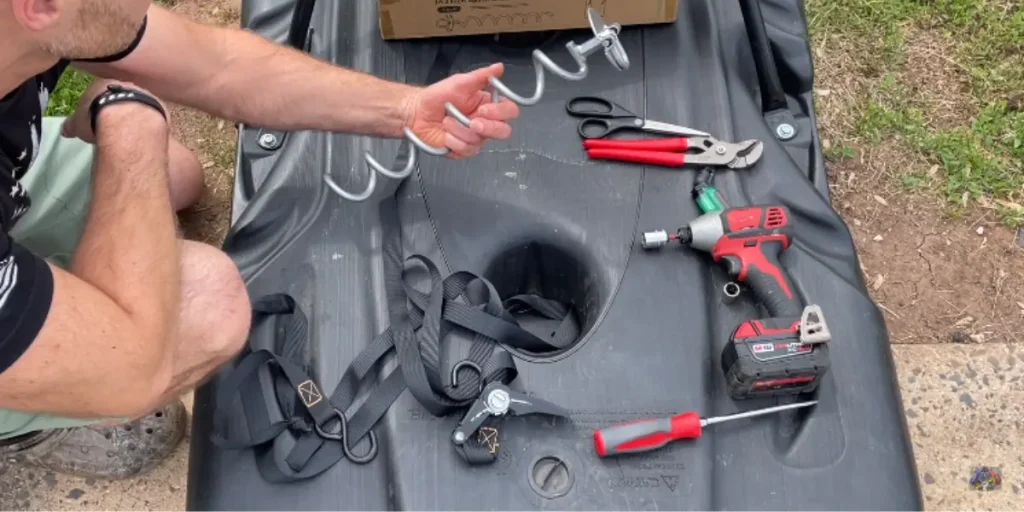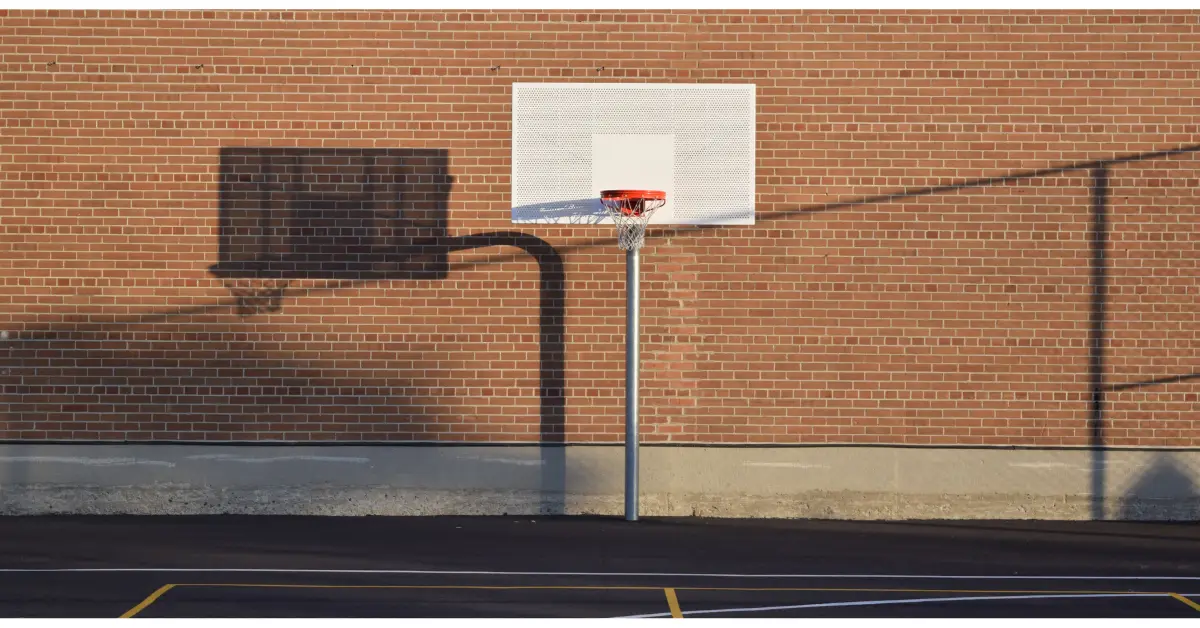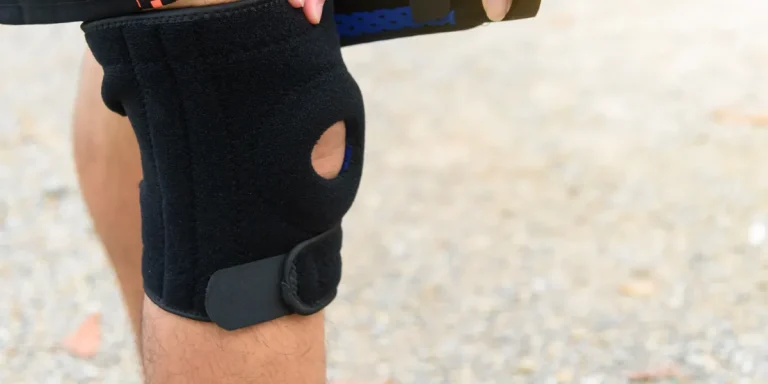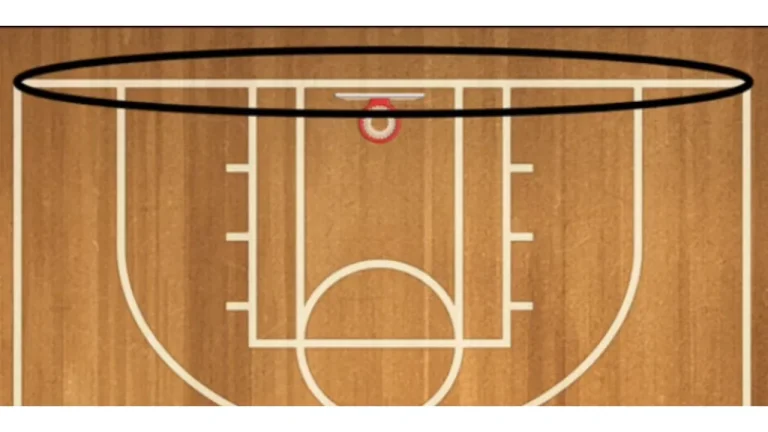How To Move a Portable Basketball Hoop Filled with Sand
To move portable basketball hoop can be an exciting endeavor, whether you’re relocating to a new home, upgrading your play area, or simply seeking a change of scenery. Discovering the best way to move a basketball hoop involves a blend of practicality and enthusiasm. In this guide, we’ll explore the essential steps and considerations to ensure a smooth transition for your hoop, ensuring it continues to be a centerpiece of fun and recreation in its new location.
How to move a Portable basketball hoop filled with sand or water?
Moving a basketball hoop filled with water or sand can be a challenging task, but with the right approach, it can be done. Here’s a guide on how to move a basketball hoop filled with water or sand:
Prepare the necessary tools

When gearing up for the task of moving a basketball hoop filled with water or sand, it is essential to start by assembling the necessary tools. Gather tools like a wrench, pliers, and a shovel, ensuring that you have everything required for the job. The presence of a friend as an extra pair of hands is also valuable, as moving the hoop is likely to be a collaborative effort.
Remove Basketball Accessories
Equipped with the appropriate tools, the next step involves preparing the basketball hoop structure for relocation. This includes removing any basketball accessories attached to the hoop. Take down the basketball net and ensure that the hoop is free of any basketballs. This preliminary action not only streamlines the moving process but also diminishes the overall weight of the hoop, making it more manageable during transportation.
Drain Water or Empty Sand (if possible)
To make moving the basketball hoop easier, start by draining the water using a pump or drainage system if it’s filled with water. If the hoop is filled with sand, use a shovel to empty as much sand as you can, reducing the overall weight for a smoother relocation process.
Detach the Hoop from the Pole
Start the journey of moving your basketball hoop by gently disconnecting the hoop from the pole and making use of a wrench and pliers. This strategic move not only simplifies the entire relocation procedure but also significantly lightens the load, making the hoop more manageable during the transition. The deliberate use of these tools ensures a secure and controlled disconnection, guaranteeing that the hoop can be transported with ease. This pivotal action lays the groundwork for a seamless moving experience, setting the stage for the subsequent phases of relocating your basketball hoop.
Lift the Hoop
Collaborate with your friend as you gently lift the basketball hoop off the pole. Prioritize a secure grip to minimize the risk of accidents during this crucial step in the relocation process. This cooperative effort ensures a smooth and accident-free transition as you prepare to move the basketball hoop to its new location.
Transport the Hoop

Once the basketball hoop is detached from the pole and lifted off, the next crucial step is transporting it to its new location. The method of transportation will depend on the distance you need to cover. For shorter distances, carrying the hoop manually with the assistance of your friend is a viable option. Ensure a secure grip to prevent any accidents during transport. However, for longer distances, using a suitable vehicle becomes more practical.
Reassemble at the New Location
Upon reaching the desired location for your basketball hoop, the final phase of the relocation process involves reassembling it. Begin by firmly reattaching the hoop to the pole, ensuring a secure and stable connection. Use the appropriate tools, such as a wrench and pliers, to tighten the fasteners and guarantee the hoop is in place. If your hoop’s base was filled with water or sand and you had to drain or empty it earlier, this is the time to refill it. Restore the base’s weight to ensure stability and safety.
Test Stability
Before engaging in any basketball activities at the new location, it’s crucial to verify the stability and security of the hoop. Take a moment to carefully assess the hoop’s positioning and make any necessary adjustments to guarantee it is firmly in place. Confirm that all connections, including those between the hoop and the pole, are secure. A stable and secure hoop ensures a safe and enjoyable experience when shooting hoops or engaging in friendly games.
Once you have tested and confirmed the stability, you can confidently resume your basketball activities without any concerns about the hoop’s reliability.
What’s Better for Filling Your Basketball Hoop? Sand and Water
When deciding whether to fill a basketball hoop with sand or water, it is crucial to weigh the advantages and disadvantages of each option. Opting for water comes with the benefits of ease in filling and emptying, and it is generally lighter, making the hoop more portable, which is convenient for those planning frequent moves. However, water has its downsides, including the risk of freezing in colder temperatures, potential leaks, and the need for periodic refilling.
On the other hand, filling the high hoop with sand provides increased stability, reducing the likelihood of tipping over during intense play. Additionally, sand doesn’t freeze, making it suitable for colder climates. It also has a lower risk of leakage or evaporation. However, the trade-off is the added weight, making the basketball hoop more challenging to move if needed. Deciding between sand and water depends on factors such as climate, intended usage, and the importance of portability. Sand is ideal for those prioritizing stability and durability, while water offers flexibility and ease of relocation.
Consider while relocating your basketball hoop
When considering relocating your basketball hoop, it’s essential to plan for a smooth transition. If you anticipate moving the hoop frequently, opt for a model that allows easy disassembly and folding. This ensures the hoop can be transported more conveniently between locations. Additionally, consider the type of filling you use in the base. If your relocation is temporary, filling the hoop with water provides a practical solution, as it can be easily drained when needed.
Water is a more accessible and manageable option compared to sand. However, if stability is a priority, especially for long-term use, sand can be a preferred choice due to its added weight. Hoops, often exceeding 10 feet in height, may require professional assistance for relocation, given their size and weight.
FAQs
How do you transport a basketball hoop?
To move a basketball hoop, first gather tools like a wrench and pliers. Remove accessories and drain water or shovel out sand if the hoop is filled. Use the wrench and pliers to disconnect the hoop from the pole. Lift it with a friend, transport it, and reassemble at the new spot. Check its stability before using it again.
What is the best way to haul a basketball hoop?
The best way to haul a basketball hoop is to detach it from the pole using tools like a wrench and pliers, lift it with a friend, transport it to the new location, and reassemble it. Ensure stability before using it again.
Can a basketball hoop be left out in the winter?
No, it’s not a good idea to leave a basketball hoop outside during the winter. The cold weather, snow, and ice can damage the hoop, so it’s better to store it in a protected area.
Conclusion
Relocating a basketball hoop filled with either water or sand presents its own challenges. The choice between water and sand depends on various factors, with each having its own set of advantages and disadvantages.
Water, being easily accessible and drainable, is a preferred choice for filling hoops. However, it comes with drawbacks such as evaporation, loss of stability, and susceptibility to freezing in winter. On the other hand, sand is favored for its stability, especially in colder climates.
The weight of a hoop filled with material exceeds the average, making it challenging for individuals to handle the relocation process alone. Seeking assistance or having helping hands is advisable.
When replacing the hoop, precautions should be taken due to its substantial weight, emphasizing the importance of safety during such movements.

Passionate basketball player striving for excellence on and off the court. Dedicated to the game since youth, I have honed skills through years of practice. Explore my journey, gear reviews, and dunking tips. Let’s elevate our game together!







